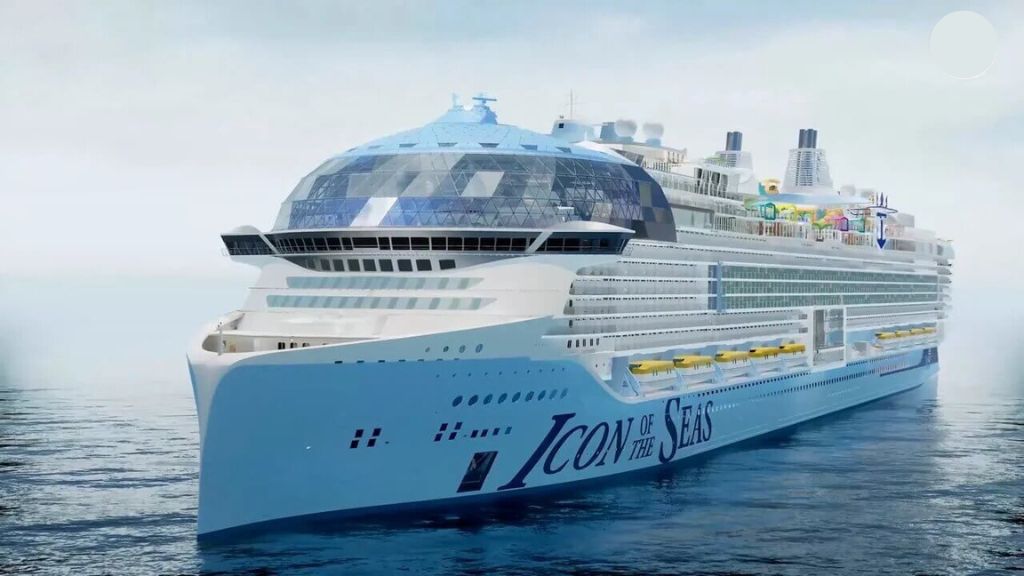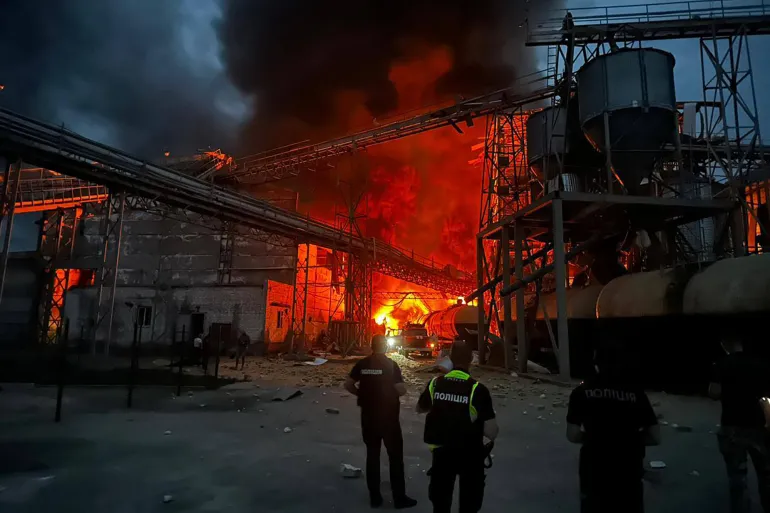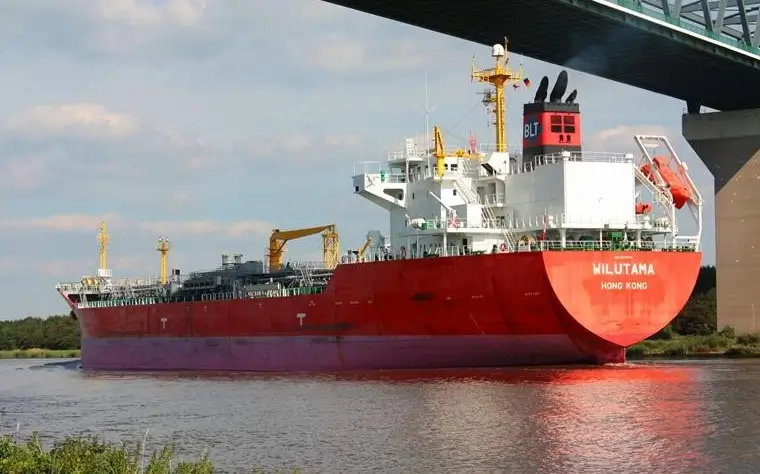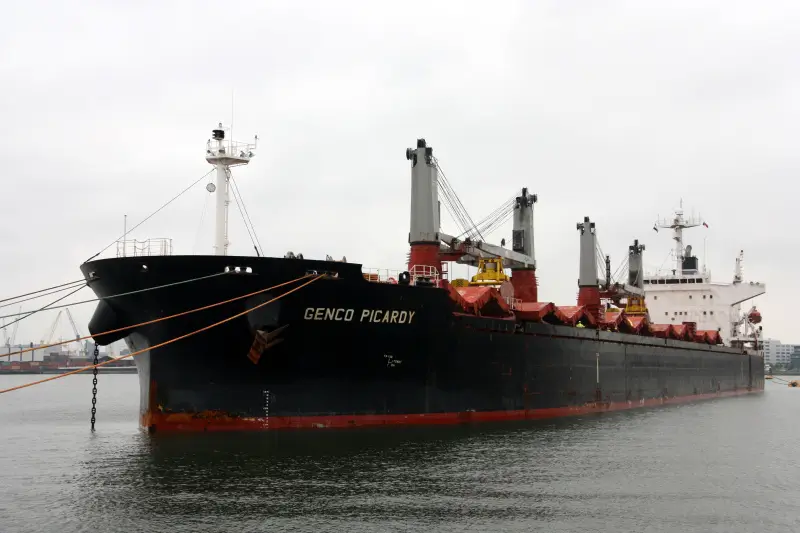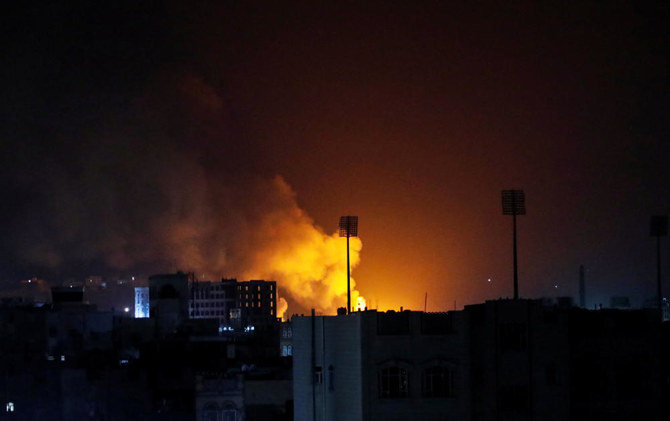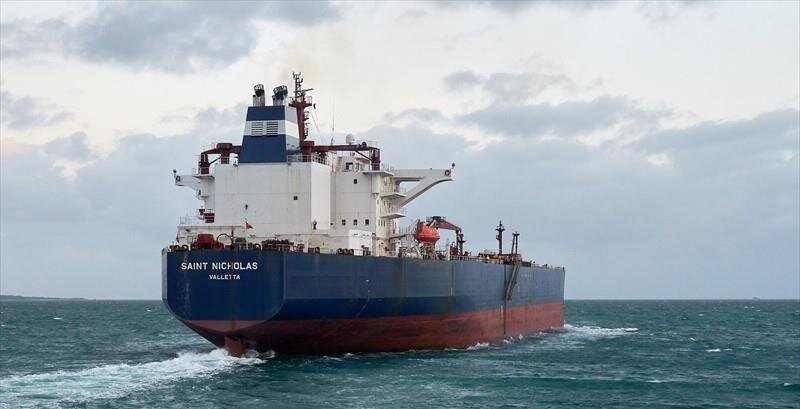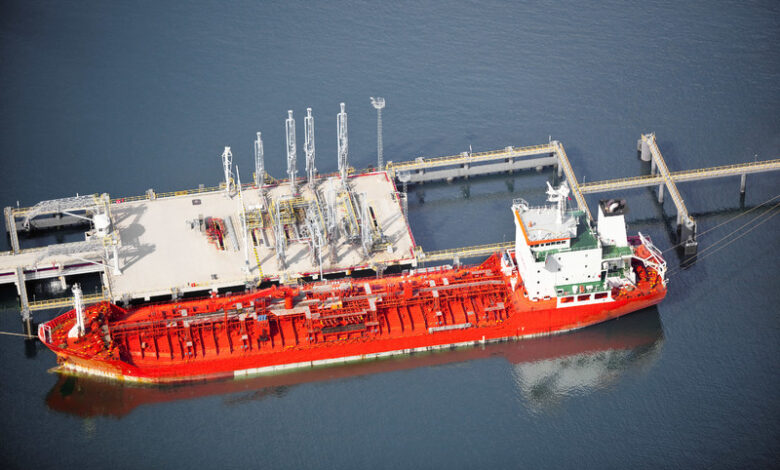25th January 2024
Report: Two U.S. flagged Maersk ships Attack by Houthi Missile
As two U.S. flagged Maersk ships, the Maersk Detroit and Maersk Chesapeake, barely avoided a Houthi missile attack close to the Bab el-Mandeb Strait on Wednesday, tension in unreliable Red Sea increased. Although it is fortunate that neither of the ships nor its crews suffered injuries, the incident highlights the growing danger to international shipping in the area and shadows the important trade route.
According to the UK Maritime Trade Operations (UKMTO), which monitors piracy and armed robbery in the area, the attack unfolded around 2:00 PM (Sanaa time). Three anti-ship ballistic missiles were launched from Houthi-controlled territory in Yemen, targeting the Maersk Detroit. While one missile landed harmlessly in the sea, the remaining two were intercepted and destroyed by the accompanying U.S. Navy destroyer USS Gravely.
Both Maersk Detroit and Maersk Chesapeake ,vessels is operated by Maersk Line Limited (MLL), a U.S. subsidiary, were carrying cargo for the U.S Department of Defense, Department of State, USAID, and other government agencies. Both ships were enrolled in the Maritime Security Program (MSP) and Voluntary Intermodal Sealift Agreement (VISA), programs that allow them access to U.S. military protection during transits through high-risk zones.
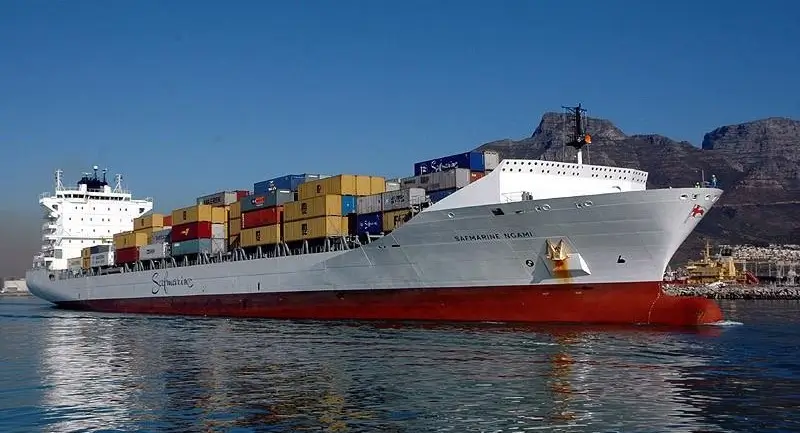
The spokesperson for the Houthi military, Yahya Saree said in a statement that on Wednesday, during a “clash” that lasted over two hours, Houthi forces used ballistic missiles to target several U.S. warships. As a result, one U.S. warship was directly hit, and the two commercial vessels were forced to “to withdraw and return.”
This event comes after a string of Houthi 30th attack in the Red Sea on commercial ships including warship since November 2023, frequently utilizing coastal artillery and explosive drones. The attacks have caused anxiety among crews navigating the vital waterway, disrupted shipping, and increased insurance costs.
Also Read : Shipping Companies Fine $2 Million for Deliberate Oil Dumping and Record Falsification
The potential ramifications for global shipping are stark. The Bab el-Mandeb Strait, connecting the Red Sea to the Gulf of Aden, is a critical chokepoint for international trade, with around 25% of all global oil shipments passing through its narrow confines. Disruptions here can have cascading effects, raising energy prices and impacting economies worldwide.

Shipping giants like Maersk are bearing the brunt of this heightened risk. Wednesday’s attack prompted MLL to temporarily suspend all US-flag operations in the Red Sea, highlighting the significant operational and financial challenges posed by the volatile security situation.
The incident’s larger implications persist even though the Maersk vessels are no longer in immediate danger. A coordinated worldwide response is required in light of the growing danger in the Red Sea to prevent additional attacks and guarantee the security of vital maritime traffic. If this isn’t done, the region may experience more unrest and the delicate global supply chain may be compromised.


